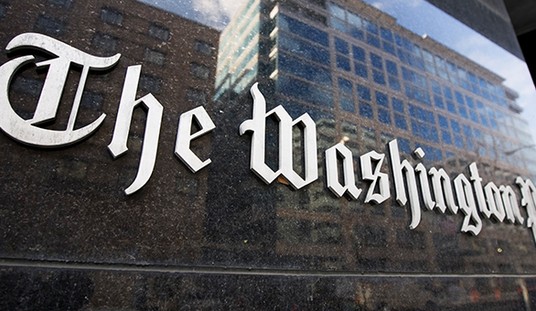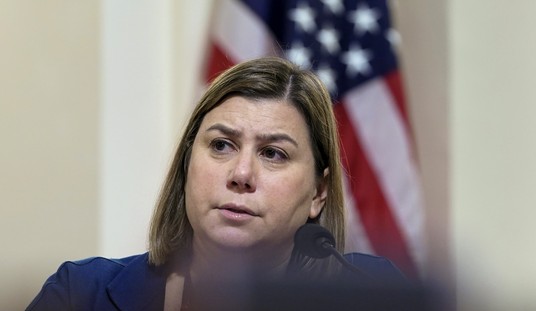On Thursday, Iran’s Supreme Leader Ali Khamenei appeared on state television and floated the idea that public gatherings might be canceled during Ramadan, which begins at the end of April and last through much of May. The non-committal tone of his announcement was consistent with the Iranian regime’s inconsistent and often contradictory statements about the country’s coronavirus outbreak. But even if Tehran follows through with the social-distancing measures, it will do little to make up for the harm that the regime has caused in the midst of the crisis so far.
According to official estimates, more than 60,000 Iranians have been infected with COVID-19, and some 4,000 have died. But the National Council of Resistance of Iran (NCRI), a coalition of pro-democracy opposition groups, has provided even more damning figures. Based in part on records and eyewitness testimony from Iranian hospitals and medical personnel, the NCRI has determined that the death toll now stands at over 23,000 and that the number of COVID-19 cases now runs into the millions.
Without endorsing or even referencing these particular estimates, some Iranian officials have actually broken with the regime’s official narratives, thereby highlighting broader inconsistencies. A member of the regime’s coronavirus task force recently told one domestic news outlet that he believed the total number of infections to be at least half a million. Yet this disclosure came at a time when other officials were claiming that the country had effectively flattened the curve after posting daily declines in the number of new cases for a full week.
These declines are at least as questionable as the official death toll and overall infection rate. In fact, they seem to have been presented to the public as a post-facto justification for regime’s President, Hassan Rouhani’s decision to resume much of the country’s economic activity on April 11, after having delayed stay-at-home recommendations for several weeks. This goes to show that the regime still has no coherent policy for containing the spread of coronavirus – a fact that is largely attributable to a range of strategic priorities that rank ahead of public health.
It is not enough to say that Tehran ignored its responsibility to enforce social distancing guidelines and reduce the risk of ordinary Iranians infecting one another. At a time when the virus had already been discovered in Iran but had not yet been publicly acknowledged, regime authorities expressly urged citizens to participate in public gatherings and to closely interact with one another. In recent days, the NCRI obtained documents showing that several patients had been admitted to Iranian hospitals with suspected coronavirus infection in late January and early February. Yet Iranian officials’ first statement on the issue came only on February 19, at which point they announced that two people had died. Even if this was the full extent of the fatalities on that date, it would have pointed to at least 200 active COVID-19 cases, and perhaps many more.
But on the same day and for two days afterward, authorities continued to urge all Iranian citizens to participate in the nation’s parliamentary elections. Khamenei even went so far as to call voting a religious obligation, insisting that it was important for Iranians to show support for the system even if they opposed the remaining candidates’ positions.
Fortunately, participation in the parliamentary elections was the lowest in the 41-year history of the regime. But this had less to do with fears of the coronavirus than with an organized boycott movement through which the majority of citizens recorded a “vote for regime change.” Unfortunately, those who
did shrug their shoulders and cast a meaningless ballot were exposed to untold risks of coronavirus infection. Anyone who earnestly listened to the regime’s propaganda would have embraced those risks upon the belief that COVID-19 fears were just part of a Western hoax to damage the authorities.
After the impact of that propaganda became clear in March, Rouhani actually attempted to use it as grounds for boasting about his administration’s supposed transparency. “We learned on February 19 that the corona had come,” he lied before adding, “We did not delay even one day. Although elections were scheduled for February 21, we could have waited and announced on February 22. But we did not do that and spoke honestly with the people.”
In fact, authorities had delayed at least three weeks. And during that time, they carefully managed an anniversary celebration for the Iranian Revolution, in order to assure that the highest possible number of people were out in the streets where they could be filmed for state media broadcasts. The rationale was the same as that which led the regime to insist that people expose themselves to coronavirus in order to vote. Nothing is more important to the nation’s leaders than developing the false impression that they enjoy popular support and legitimacy.
This project was made all the more important by the domestic situation at the beginning of 2020. Last November, a nationwide uprising presented the regime with perhaps its greatest challenge in 30 years. It revived provocative slogans that had gained widespread popularity during another nationwide uprising less than two years earlier. Among these was the phrase “death to the dictator,” which unequivocally signaled the desire for an entirely new form of government.
In January, further protests sprang up in multiple provinces. Student activists led an effort to condemn the regime’s disinformation over the shoot-down of a commercial airliner, just weeks before the regime began its disinformation over coronavirus. The Iranian people are well aware of Tehran’s modus operandi, and they are no likely to view any of its latest initiatives as being guided by a desire to safeguard the population.
It is entirely appropriate for the Iranian people to avoid public gatherings during Ramadan and beyond. But they are more likely to look to the international community for that guidance, than to their own government. Coming from Tehran, the order to stay at home cannot be seen as anything but hypocritical. It signifies one of the central demands that the regime has always placed on its people: “Assemble and smile for the cameras when we tell you to. Otherwise, remain unseen and unheard.”












Join the conversation as a VIP Member